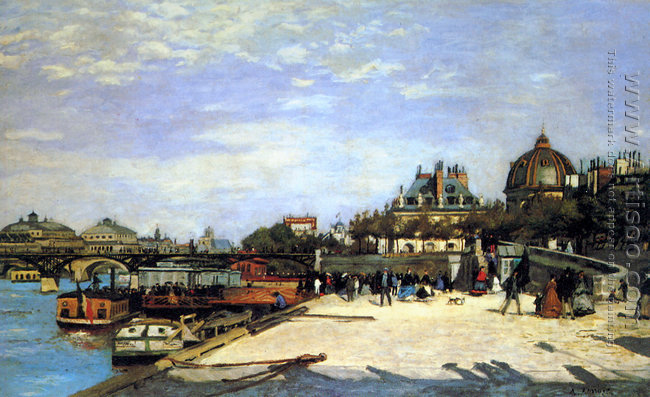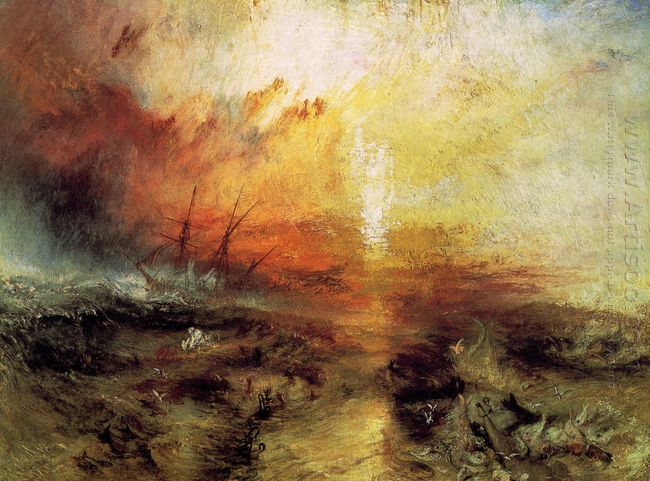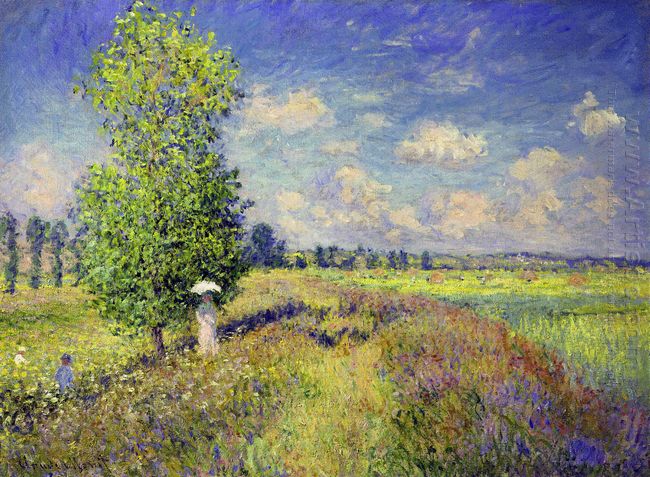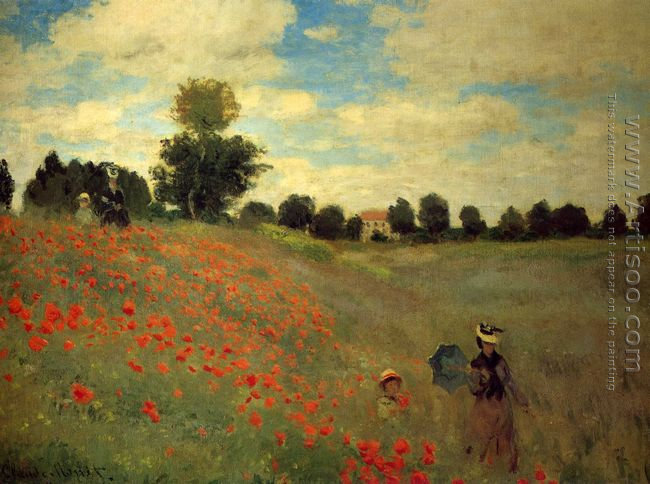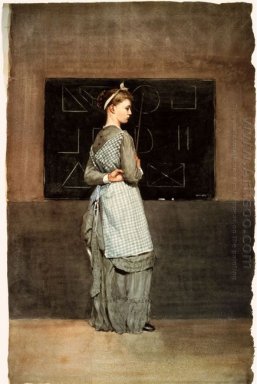School of Paris was broadly defined as the group of international artists after the First World War. In 1920s and 1930s, Paris became the golden place for the world's artists. A lot of Spanish, Italian, Russian, Japanese and Chinese immigrants gathered in Montmartre height and Montparnasse in Paris. They did not involve in the frequent changes of modern art thoughts and genres, but maintained their own unique artistic pursuit. Thus people called them "School of Paris".
The School of Paris also refers to the many manuscript illuminators, whose identities are mostly unknown, who made Paris an internationally important centre of illumination throughout the Romanesque and Gothic periods of the Middle Ages, and for some time into the Renaissance. The most famous of these artists were Jean Pucelle and Jean Fouquet. The Limbourg brothers, originally from the Netherlands, also spent time in Paris, as well as Burgundy and Bourges, but their style is not typical of the Paris of the day. Many of the painters in Parisian workshops were women.
But in fact they did not a unified artistic concept. There were many names such as Italian painter Amedeo Modigliani, the painter Cornelius Van Dongen in Holland, Russian painter Chaime Soutine, the painter Moise Kisling in Poland, the painter Jnles Pascin and Marc Chagall in Bulgaria and Japanese painter Foujita being written into the art history together with "Paris painting".
During the period from the beginning of 20th century and before the Second World War, the development of paintings in France still have close relationship with these foreign painters. They were very active in the painting world of Paris and their art was full of regional traditions, personality and emotions, as well as unique styles.

